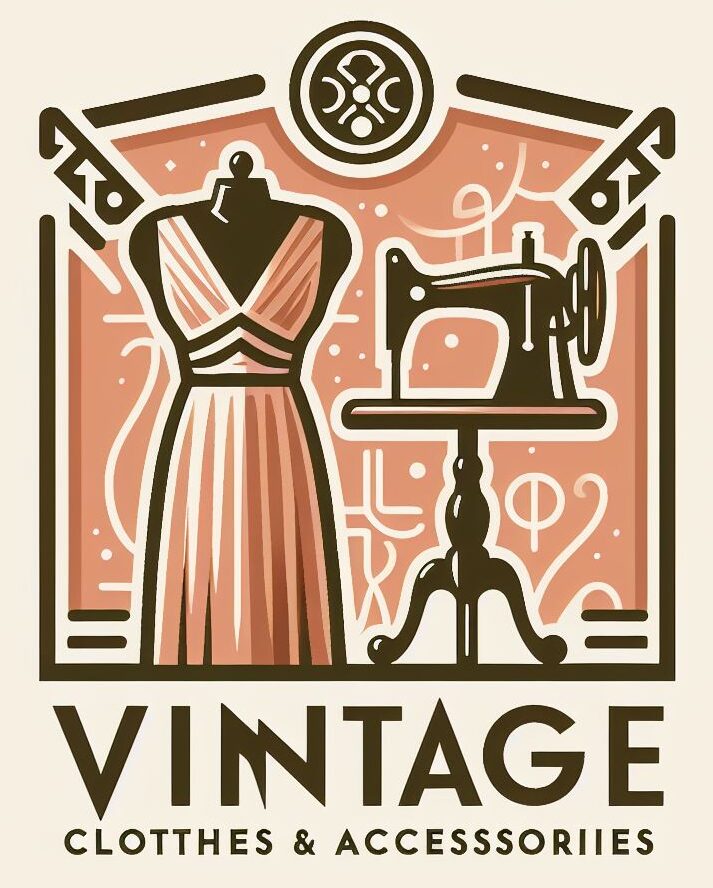Essential Guide to Crafting Your Vintage Wardrobe – Understanding the allure of vintage fashion

Vintage fashion holds a timeless allure for several reasons:
Historical Connection: Vintage fashion pieces offer a tangible link to the past. They evoke memories of different eras, traditions and customs – providing the wearer with a sense of connection to history and heritage.
Unique Style: Vintage clothing often features unique designs, patterns, and craftsmanship that set them apart from modern mass-produced garments. Wearing a vintage garment allows individuals to express their individuality and stand out from the crowd.
Quality Craftsmanship: Many vintage garments were handcrafted with attention to detail and made from high-quality materials, resulting in durable, long-lasting and structural pieces. In contrast to today’s fast fashion, vintage clothing often boasts superior craftsmanship and stability. Here at Etsy they showcase many private sellers where you can find some authentic vintage garments – inquire into these now.
Sustainability: In an age where sustainability is becoming increasingly important, vintage fashion offers an eco-friendly alternative to buying new clothing. By recycling and reusing garments from previous decades, individuals can reduce their ecological impact and contribute to a more sustainable fashion industry.
Nostalgia: Vintage fashion often evokes feelings of nostalgia or longing for a bygone era. Whether it’s the iconic styles of the 1950’s, the rebellious spirit of the 1920’s, or the glamour of the 1940’s, vintage clothing allows wearers to relive the past and embrace its cultural significance.
Timeless Elegance: Some vintage styles never go out of fashion. Classic pieces such as little black dresses, tailored suits, and trench coats have stood the test of time and continue to be wardrobe staples for many fashion enthusiasts.
Storytelling: Every vintage garment has a story to tell. Whether it’s a dress worn to a glamorous party in the 1950’s, or a military jacket from the 1940’s – each piece carries a piece of history that sparks curiosity and imagination.
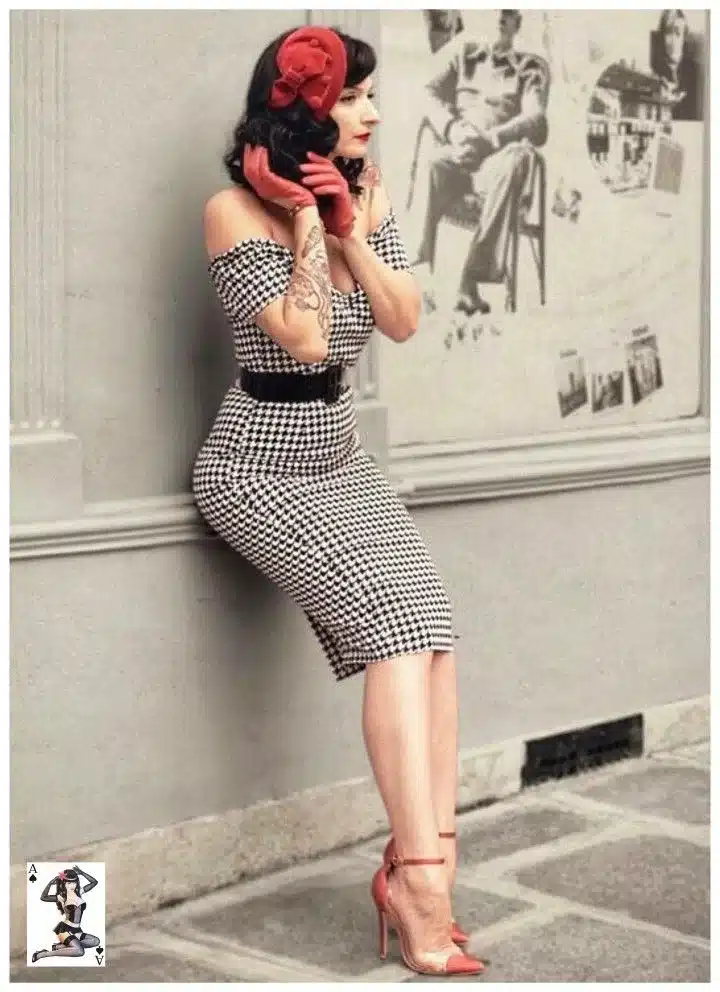
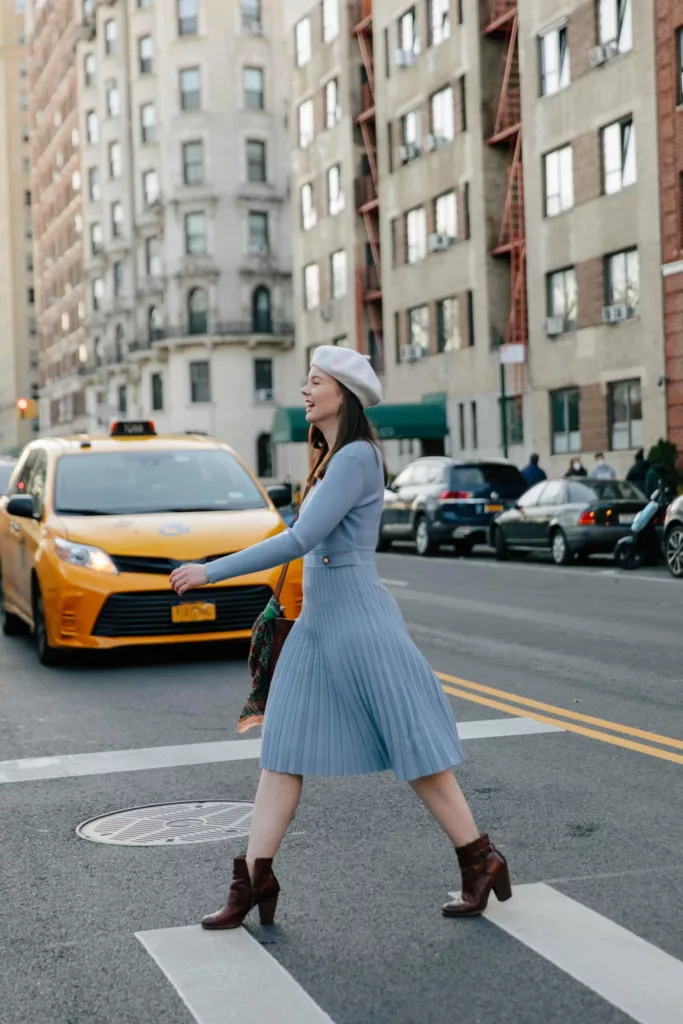
Overall, the allure of vintage fashion lies in its ability to offer a blend of nostalgia, uniqueness, sustainability, and timeless style – making it a popular choice for fashion lovers around the world.
Defining your personal vintage style
My personal vintage style? Well, picture a blend of retro sophistication with a modern twist. Think Audrey Hepburn meets contemporary chic. I adore classic silhouettes like A-line dresses and tailored trousers, but I always throw in unexpected touches, like bold accessories or funky patterns, to keep things fresh. It’s all about capturing the timeless elegance of the past while adding my own flair for the present. What about you? Do you have a signature style?
The cornerstone of a vintage wardrobe: Starting with the basics
Building a vintage wardrobe around timeless basics is a fantastic idea! By starting with some timeless basics, you can build a vintage-inspired wardrobe that is both stylish and versatile. From there, you can add in unique vintage pieces and accessories to further personalize your style. Here are some key pieces to consider:
Classic White Shirt: A crisp, tailored white shirt is incredibly versatile and can be dressed up or down. Look for one with a tailored fit and quality fabric. Look at the variety of mixed styles you can purchase here.
High-Waisted Trousers: High-waisted trousers are a staple in vintage fashion. They can be paired with blouses for a feminine look or with a fitted sweater for a more casual vibe. Many styles are available here at Etsy, simply search online.
A-Line Skirt: A knee-length A-line skirt is flattering on most body types and can be styled in numerous ways. Opt for a solid color or a timeless print like polka dots, plaid or stripes. Etsy have a few different choices of skirts you can buy today.
Tailored Blazer: A well-fitted blazer instantly adds polish to any outfit. Choose one in a neutral color like black, navy, or beige for maximum versatility. Chic blazers can be found here at Etsy.
Little Black Dress: Every vintage-inspired wardrobe needs a little black dress. Look for a silhouette that flatters your figure and can easily transition from day to night. Some cute styles can be purchased through Etsy.
Ballet Flats: A pair of ballet flats is both comfortable and chic. Search for leather types as they tend to hold better support as a flat shoe, rather than man-made alternatives. Opt for a classic look in a neutral color like black or nude. Great styles of these flats can be bought right here.
Trench Coat: A trench coat is a timeless outerwear piece that adds sophistication to any outfit. Choose one in a neutral color like khaki or beige for maximum versatility. Trench coats galore – available now through Etsy, including reversable.
Silk Scarves: A silk scarf adds a touch of elegance to any outfit. You can wear it around your neck, in your hair, or tied to your handbag for a pop of color and pattern. Beautiful silk scarves are just waiting to be purchased today.
Cat-Eye Sunglasses: Cat-eye sunglasses are a classic vintage accessory that adds a retro flair to any look, especially 50’s or Rockabilly. Choose a pair with a flattering shape for your face. Some really cool sunglasses are found right here.
Pearl Jewelry: Pearls never go out of style and add a touch of sophistication to any outfit. Invest in a classic pearl necklace, earrings, or bracelet to elevate your look. Pearls of all sorts are found at Etsy.
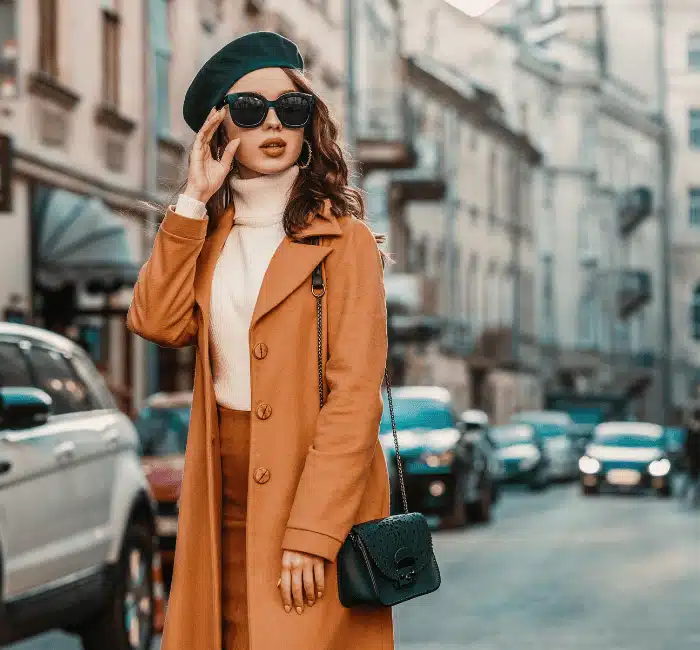
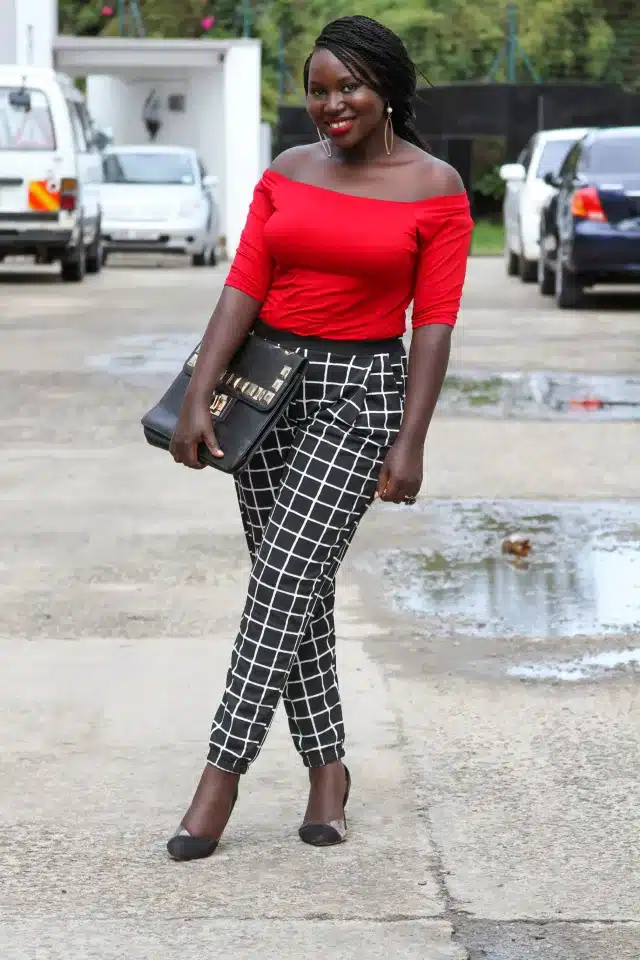
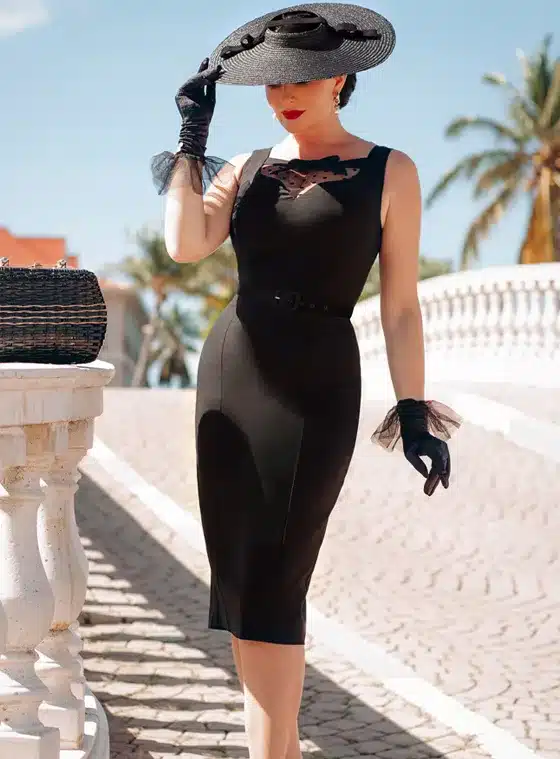
Curating key vintage pieces – where to begin
By curating key vintage pieces – it can be an exciting journey into fashion history and personal style. Here’s a step-by-step guide to help you begin:
Research and Inspiration: Start by researching different fashion eras and styles to identify what resonates with you. Check with vintage fashion magazines, old photographs, books, movies, and even documentaries for inspiration.
Define Your Style: Determine what type of vintage pieces you’re drawn to and how they fit into your personal style. Are you into the sleek sophistication of the 1920’s, the glamour of the 1950’s, or the bohemian vibes of the 1970’s?
Learn about Labels and Designers: Familiarize yourself with iconic fashion designers and brands from different eras. Knowing which designers were prominent during specific periods, can help you identify authentic vintage pieces.
Understand Quality and Construction: Vintage pieces are often prized for their quality craftsmanship and attention to detail. Learn about different fabrics, stitching techniques, and construction methods to spot well-made garments.
Shop Strategically: Explore a variety of sources for vintage clothing – including thrift stores, flea markets, consignment shops, and online marketplaces like Etsy and eBay. Attend vintage clothing fairs and events, where you can find curated collections from multiple vendors.
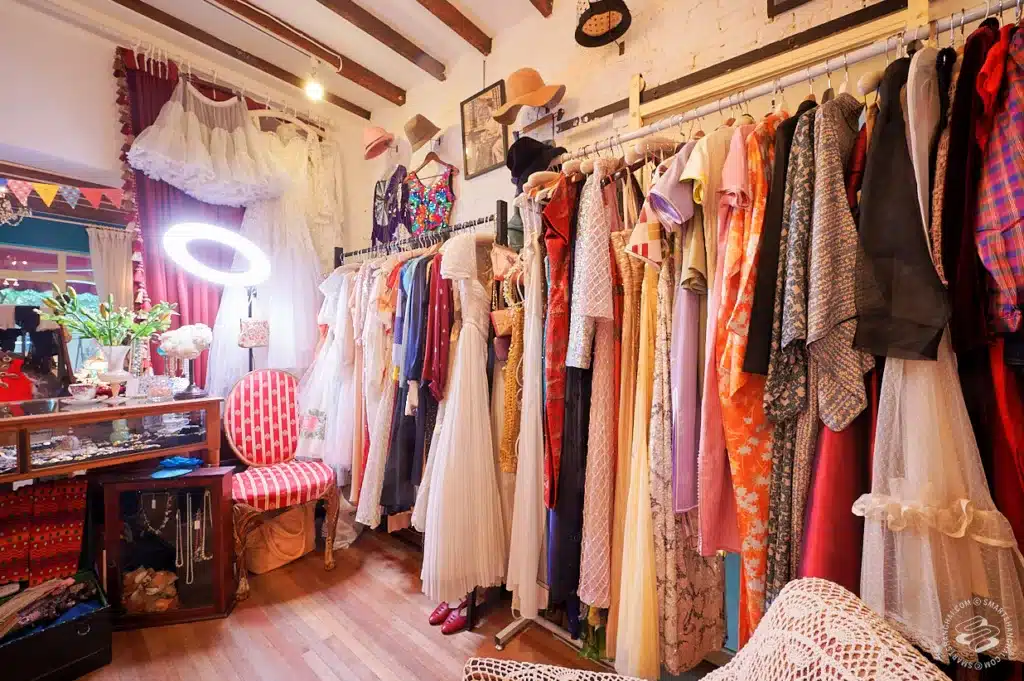
Inspect Carefully: When shopping for vintage pieces, closely examine each item for signs of wear, damage, or adjustments. Check for stains, tears, missing buttons, and alterations that may affect the garment’s value or integrity.
Consider Fit and Alterations: Vintage sizing may differ from modern sizing standards, so be prepared to try on different sizes, and consider alterations to achieve the perfect fit. Keep in mind that some alterations can devalue a vintage piece – so proceed with caution.
Invest Wisely: While vintage shopping can be budget-friendly, certain rare or highly sought-after pieces may come with a higher price tag. Decide what you’re willing to invest in – based on your budget, and the significance of the piece to your collection.
Care and Preservation: Once you’ve acquired vintage pieces, take proper care to preserve them for future generations. Follow care instructions on garment labels, and consider storing them in acid-free tissue paper or garment bags to protect against damage.
Mix and Match: Have fun experimenting with vintage pieces in your wardrobe and incorporating them into modern outfits. Mixing vintage with contemporary clothing can create unique and eclectic looks – that reflect your individual style.
As an affiliate - I may receive a commission when you click on a link and purchase an item

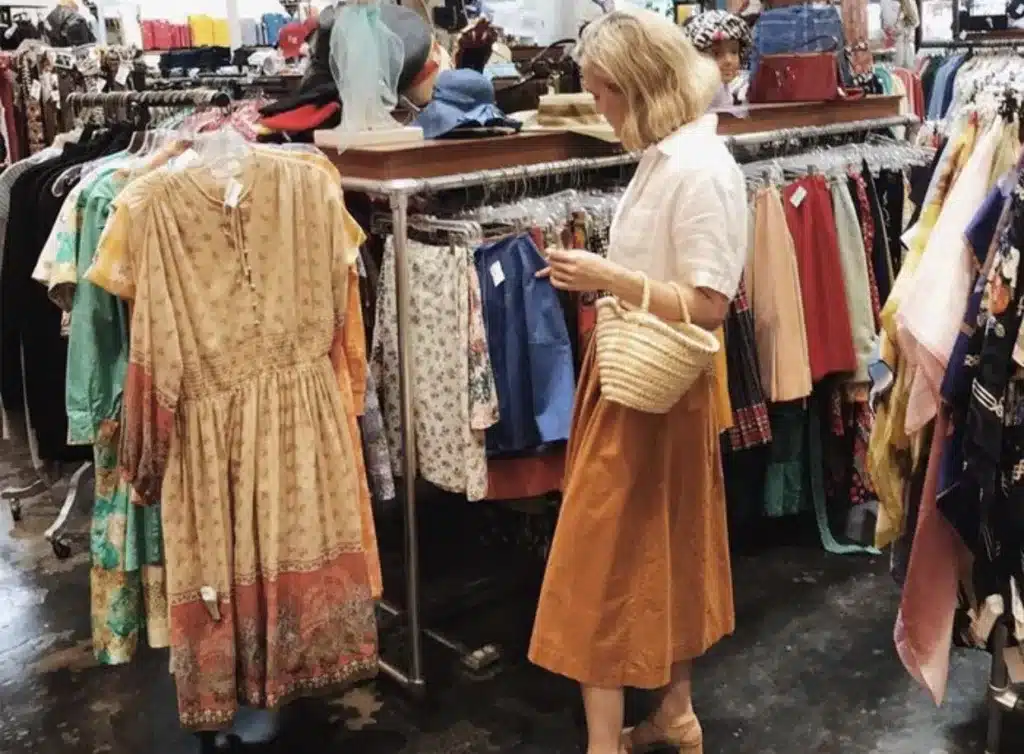
Remember, curating a collection of vintage pieces is a journey, so take your time and enjoy the process of discovering treasures from the past.
Evaluating quality and authenticity in vintage clothing
Evaluating the quality and authenticity requires a keen eye, and some knowledge about materials, construction techniques, and historical context. Here’s a guide to help you assess vintage pieces:
Fabric Quality: Examine the fabric of the garment. Natural fibers like cotton, wool, silk, and linen are often indicators of higher quality, as they tend to age better than synthetic materials. Look for signs of wear, such as thinning or fading, which can affect the fabric’s integrity.
Stitching and Construction: Inspect the stitching and construction of the garment. High-quality vintage pieces typically feature fine, even stitching and precise construction techniques. Look for reinforced seams, hand-finishing details, and carefully executed hems – which indicate skilled craftsmanship.
Labels and Tags: Check for labels, tags, or markings inside the garment that indicate the manufacturer, designer, or country of origin. Research the brand or designer to determine if they were known for producing high-quality clothing during the era the garment was made.
Hardware and Details: Pay attention to the hardware and details of the garment, such as buttons, zippers, and closures. High-quality vintage pieces often feature durable hardware with intricate designs or unique finishes. Look for branded buttons or zippers, as well as any original embellishments that add to the garment’s value.

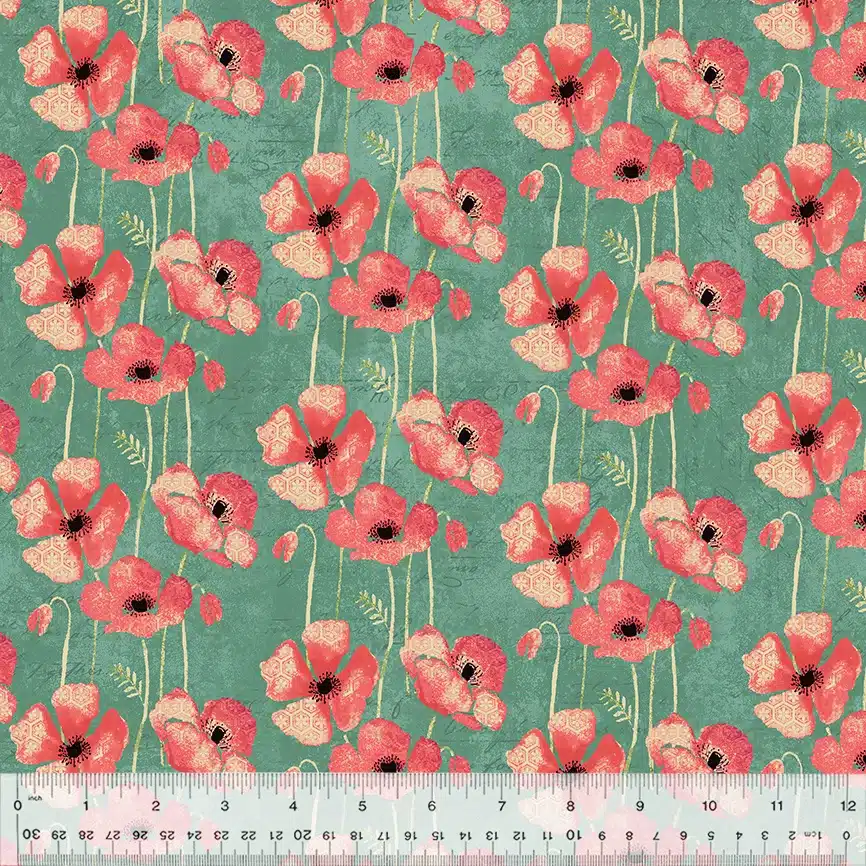
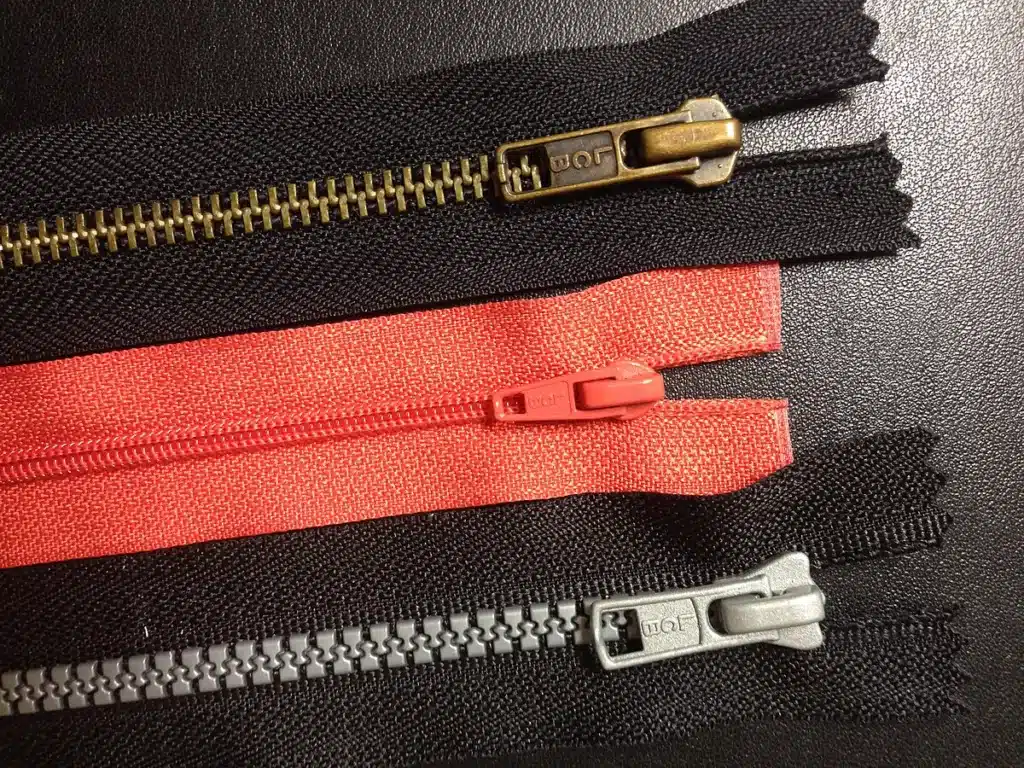
Fit and Proportions: Consider the fit and proportions of the garment in relation to its era. Vintage clothing may have different sizing standards than modern clothing, so be prepared to try on different sizes and consider alterations. Look for garments that flatter your body shape and appear proportionate to the era in which they were made.
Condition and Wear: Assess the overall condition of the garment, including any signs of wear, damage, or repairs. Minor wear and tear are to be expected with vintage clothing, but significant damage or alterations may affect the garment’s value and authenticity. Look for stains, tears, missing buttons, and alterations that may have been made over the years.
Authenticity: Research the characteristics and hallmarks of authentic vintage clothing from the era in question. Familiarize yourself with common design elements, fabric patterns, and construction techniques used during that time period. Look for subtle details that are consistent with the era’s fashion trends and historical context.
Provenance: If possible, try to obtain information about the garment’s provenance or history. Documentation such as receipts, photographs, or letters of authentication can help verify the authenticity of a vintage piece and provide insight into its previous ownership or use. Historical costumes or dress are also sourced through Etsy today.
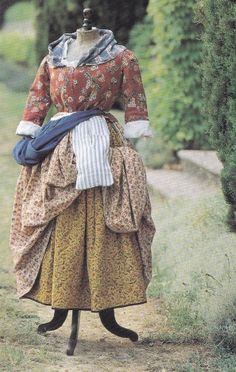
By carefully examining these factors, you can better evaluate the quality and authenticity of vintage clothing and make informed decisions when adding pieces to your collection.
Mixing and matching vintage with modern
Mixing vintage pieces with modern fashion can create a unique and eclectic style that stands out. Here are some ways to successfully blend the old with the new:
Balance is Key: Ensure a harmonious look by balancing vintage with modern pieces. For example – pair a vintage blouse with contemporary jeans, or a modern blazer with a vintage dress.
Focus on Statement Pieces: Let one or two vintage items take the spotlight, and keep the rest of the outfit more modern. This could be a vintage coat, handbag, or statement jewelry piece. Vintage handbags are a plenty to choose from through this seller.
Mix Textures and Patterns: Combine different textures and patterns to add visual interest to your outfit. For instance – pair a vintage velvet blazer with sleek leather pants or mix a floral vintage dress with a modern graphic print jacket, or perhaps a neutral colored jacket such as camel?
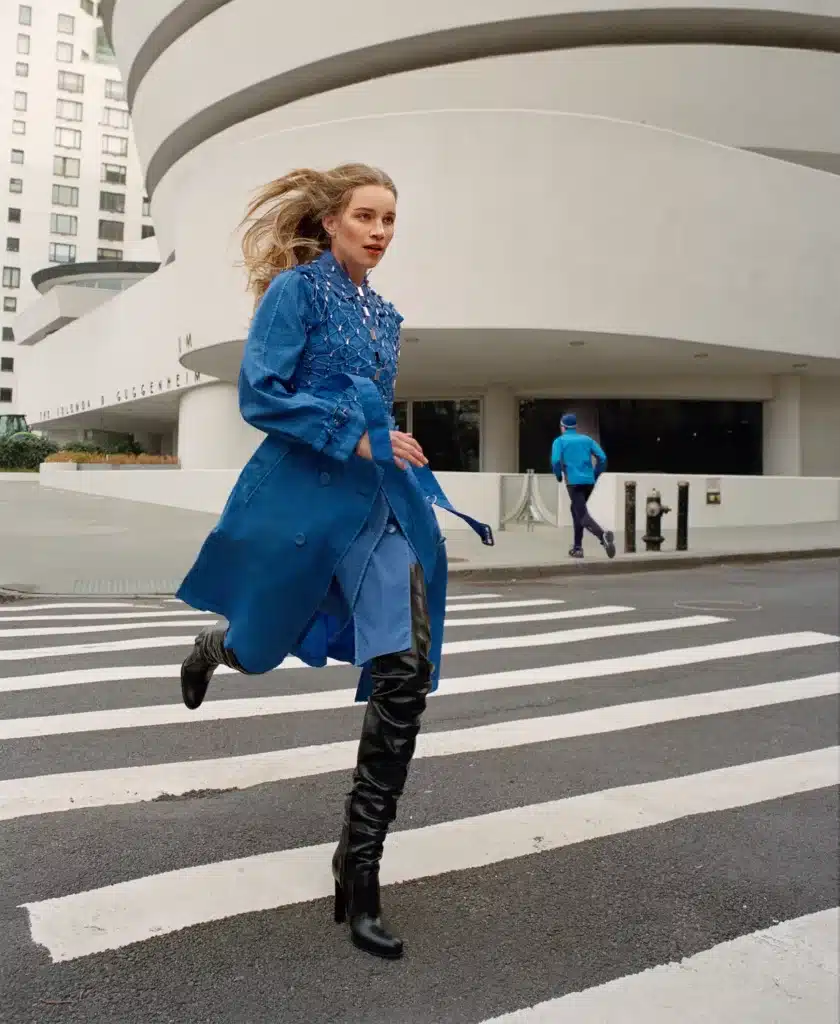
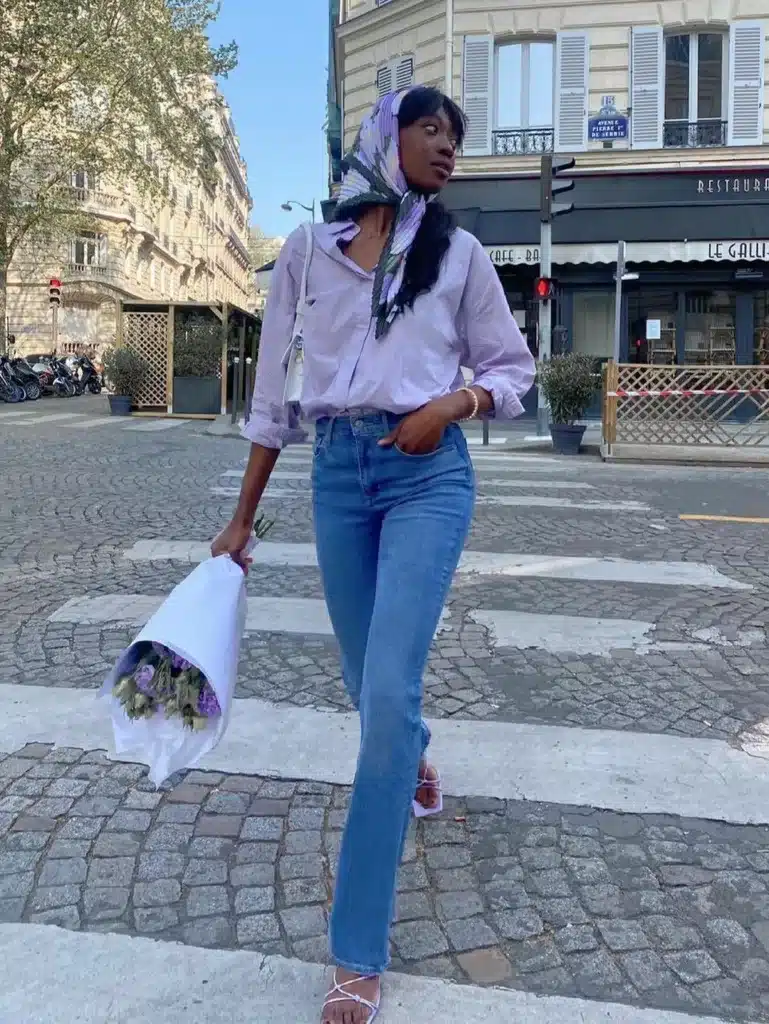
Accessorize Thoughtfully: Accessories can tie your look together. Experiment with vintage accessories like hats, scarves, or belts to add a retro touch to modern outfits.
Layering: Layering vintage pieces with modern ones can create depth and dimension in your outfit. Try layering a vintage lace blouse under a modern structured blazer, or a vintage denim jacket over a contemporary dress.
Experiment with Silhouettes: Mix vintage silhouettes with modern cuts for a fresh take on classic styles. For instance, pair a vintage A-line skirt with a fitted modern top, or style a vintage over-sized blazer with skinny jeans.
Personalize Your Style: Don’t be afraid to experiment, and make the look your own. Mix and match pieces in a way that reflects your personality and style preferences.
Remember, the key is to have fun with your fashion choices and experiment until you find a combination that feels right for you.
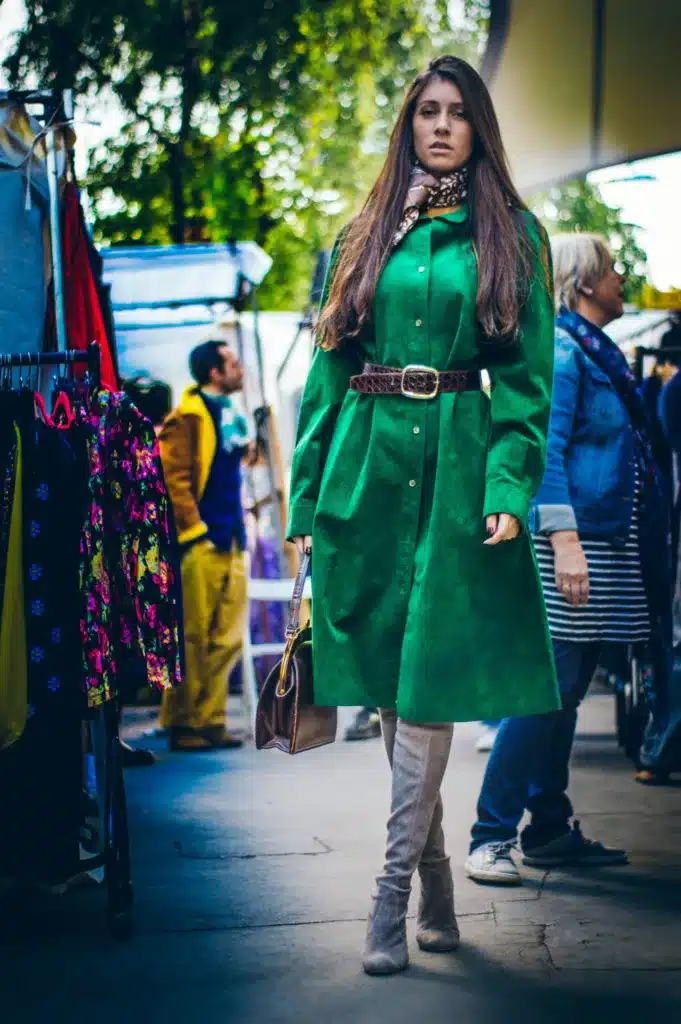
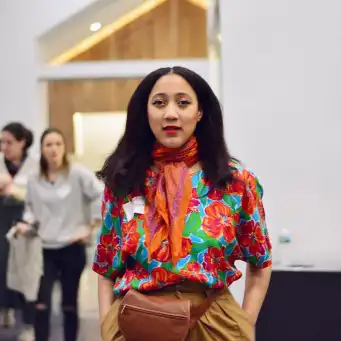

Care and maintenance of vintage garments
Taking care of vintage garments requires a delicate balance between preservation and use. there are ways you can do this to maintain your vintage clothing:
Storage: Store garments in a cool, dry place away from direct sunlight. Avoid plastic bags, as they can trap moisture and lead to mold or mildew. Instead, opt for acid-free tissue paper or breathable garment bags.
Cleaning: Follow the care instructions on the garment’s label – if available. If not, consider professional dry cleaning for delicate fabrics or hand washing with a gentle detergent for sturdier pieces. Avoid washing machines and harsh chemicals, as they can damage delicate fibers.
Repairs: Address any minor repairs promptly to prevent further damage. This includes loose seams, missing buttons, or small tears. For more complex repairs or alterations, consult a professional tailor or seamstress experienced in working with vintage clothing.
Avoid excessive wear: Vintage garments are often fragile due to age and wear. Limit their use for special occasions, or rotate them with modern pieces to reduce wear and tear.
Handle with care: When handling vintage clothing, support the garment by its strongest seams or areas to prevent stretching or tearing. Avoid pulling or tugging on any delicate fabrics.
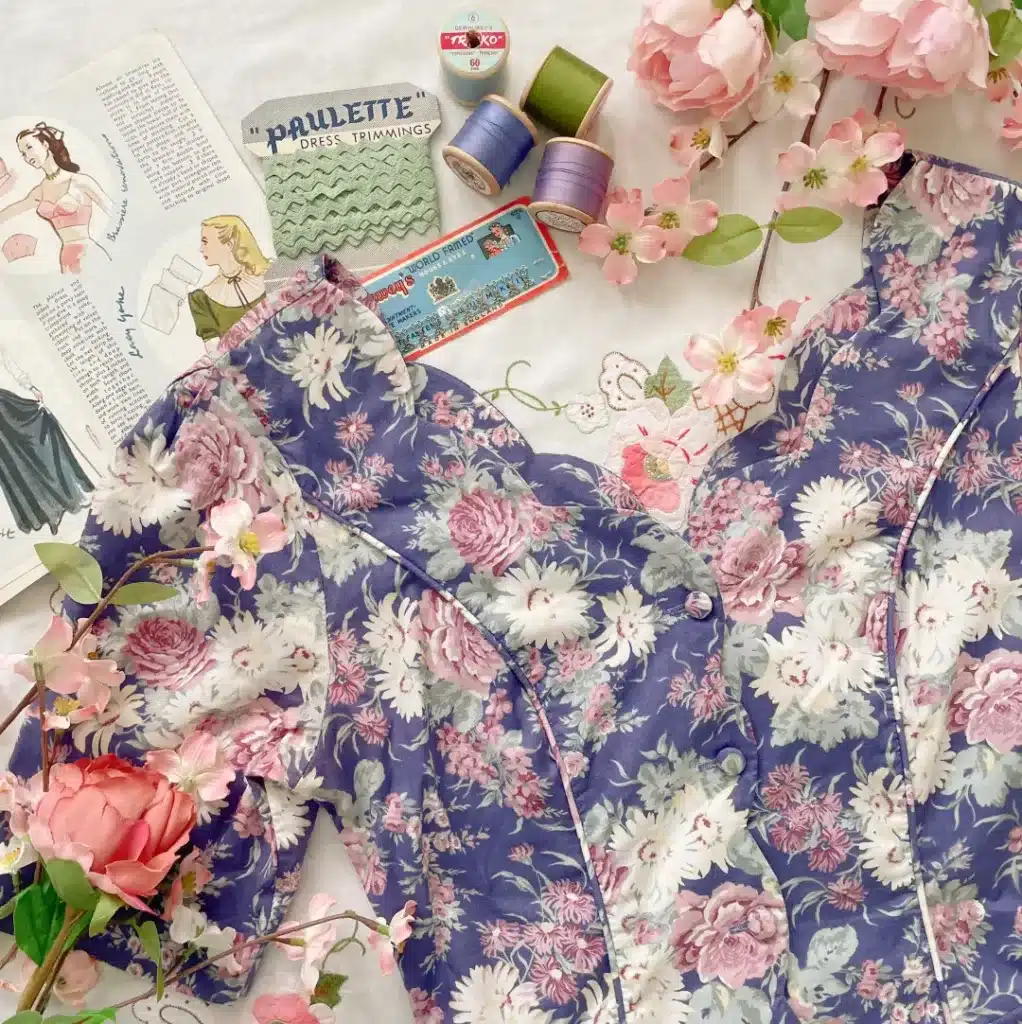
Avoid exposure to fragrances and chemicals: Perfumes, deodorants, and mothballs can leave stains or odors on vintage garments. Store them away from sources of strong odors and chemicals. If wearing perfume with your vintage garments, consider applying the perfume at least an hour prior to dressing.
Use padded hangers: Avoid wire hangers, as they can cause stretching or distortion of the garment’s shape over time. Opt for padded or wooden hangers to support the garment’s weight evenly. As a rule of thumb, I never use wire hangers for a number of reasons – so if you treasure the garment, you will avoid them completely. You can find an assortment of padded hangers right here.
Monitor for pests: Check vintage garments periodically for signs of pests such as moths or beetles. Consider using natural deterrents like cedar blocks or lavender sachets to protect against infestations. Try these blocks or sachets today – so many types to choose from.
Document and research: Keep a record of each vintage piece, including its origin, materials, and any special care instructions. Research the best preservation methods for specific fabrics and styles to ensure their longevity. This is a great idea, especially for those who collect vintage costumes.
Seek professional advice: If you’re unsure about the best care practices for a particular vintage garment, consult with experts in textile conservation or vintage clothing restoration.

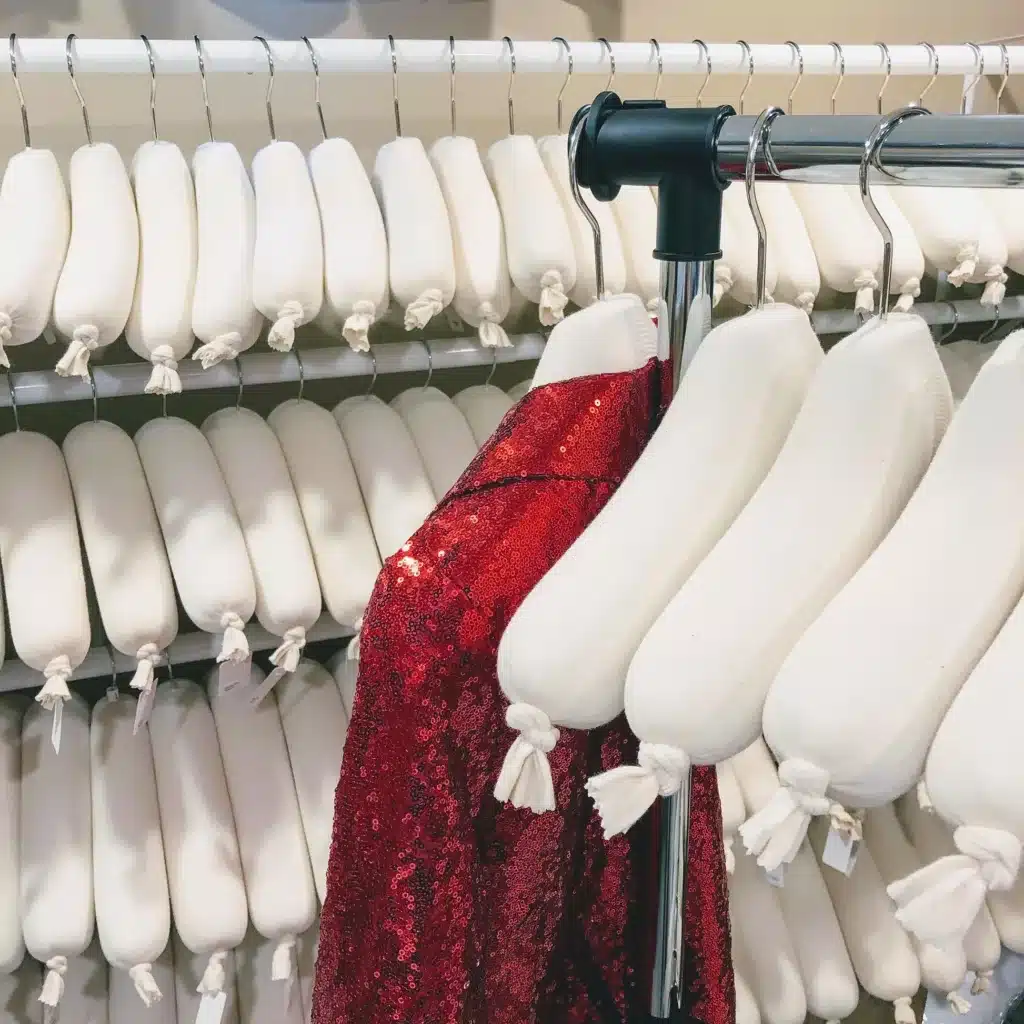
By following these points, you can help preserve the beauty and integrity of your vintage garments for years to come.
Sustainable fashion and the role of vintage clothing
Sustainable fashion is all about reducing the environmental and the social impact of the fashion industry – which vintage clothing plays a significant role in achieving that goal. Here’s what it means:
Reduces Waste: Buying and wearing vintage clothing extends the life-cycle of garments – preventing them from ending up in landfills. By reusing and recycling clothes, we reduce the demand for new production – which in turn reduces the environmental impact of the fashion industry. Try these retro styles and ideas here.
Preserves Resources: Vintage clothing doesn’t require the resources needed to produce new garments – such as water, energy, and raw materials. By opting for vintage pieces, we conserve these resources and lessen the environmental strain associated with fashion production.
Promotes Circular Economy: Vintage or retro fashion, operates within the framework of a circular economy – where items are reused and recycled rather than discarded after a single use. This reduces the linear “take-make-dispose” model of traditional fashion – contributing to a more sustainable industry.
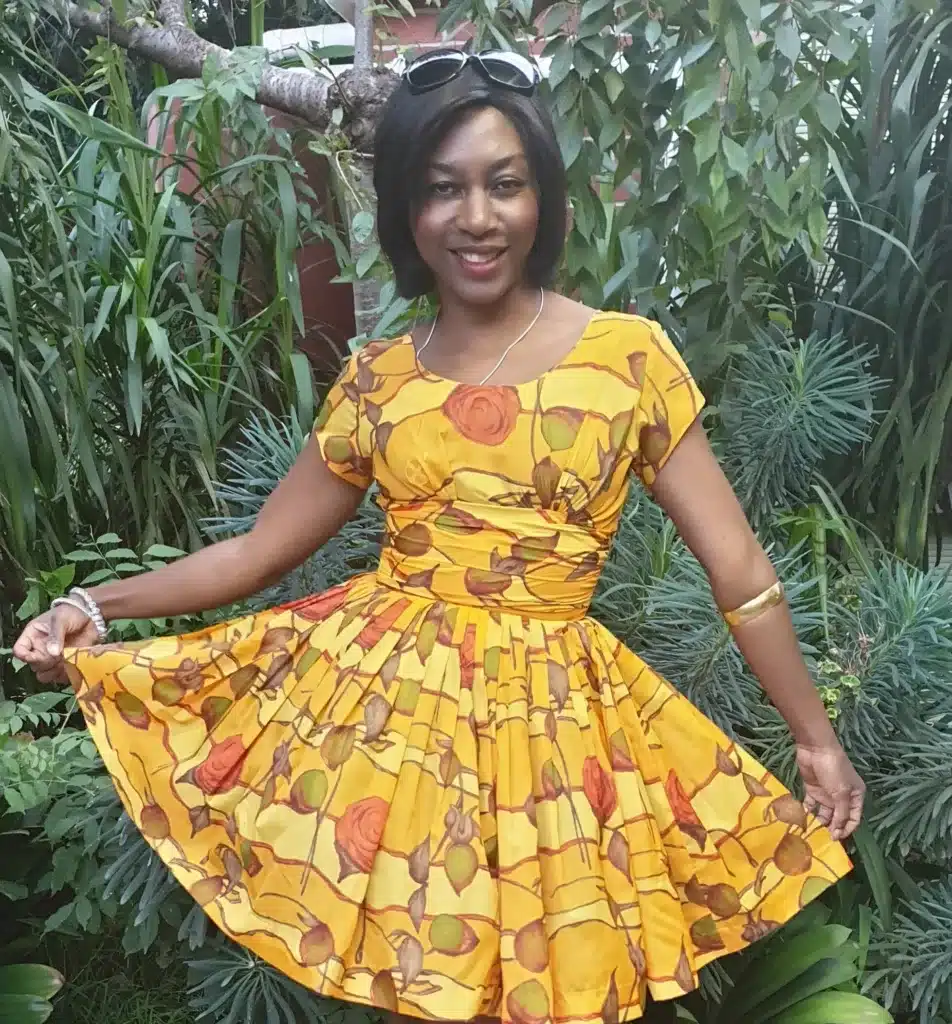

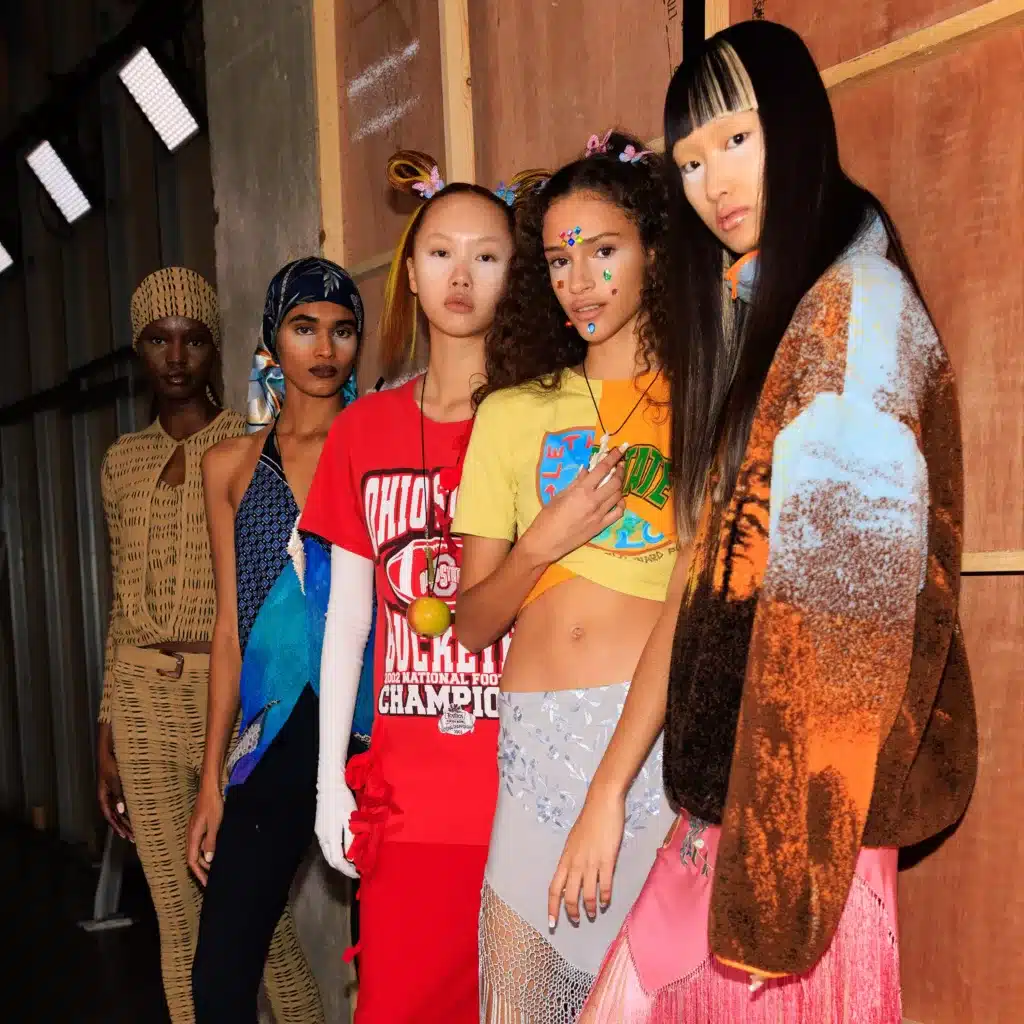
Supports Ethical Practices: Such clothing, often comes with a history and story behind it. By choosing vintage, you’re not only reducing your environmental impact but also avoiding supporting potentially unethical labor practices associated with fast fashion production.
Encourages Individual Style: Vintage fashion offers unique and one-of-a-kind pieces, that allow individuals to express their personal style creatively. Embracing retro fashion can lead to more diverse and individualistic approaches to dressing – moving away from homogenized trends perpetuated by fast fashion.
Educates Consumers: By promoting vintage clothing, we can educate consumers about the environmental and social impacts of the fashion industry. This awareness can lead to more informed purchasing decisions which encourages consumers to reconsider their expending habits.
Overall, vintage clothing plays a crucial role in sustainable fashion by promoting reuse, reducing waste, conserving resources, supporting ethical practices, and encouraging individual expression. Incorporating vintage pieces into our wardrobes is a tangible way to contribute to a more sustainable and responsible fashion industry.
Thanks for perusing my post on building a vintage wardrobe. I welcome any comments you may have below.
Regards
Helen
Follow me on my socials or get in touch below:
